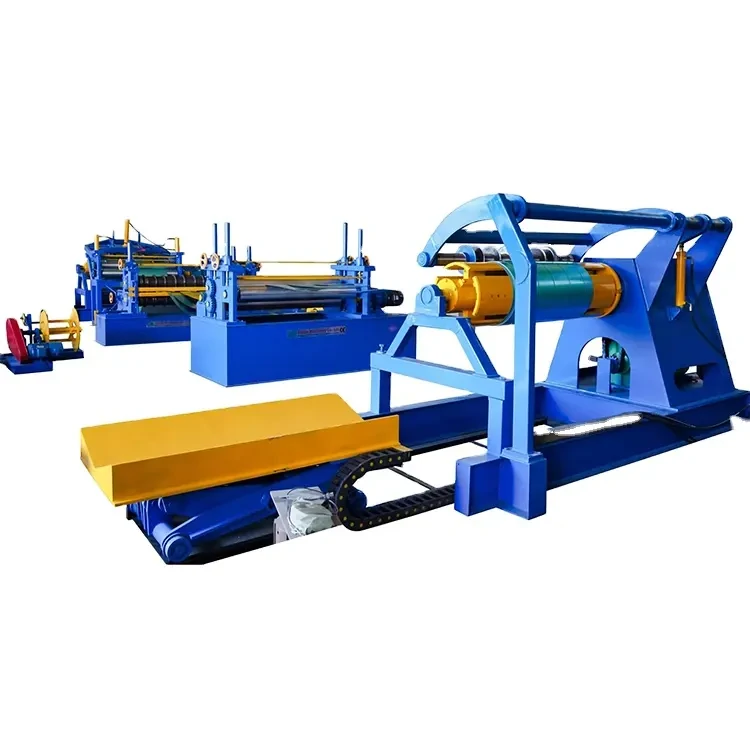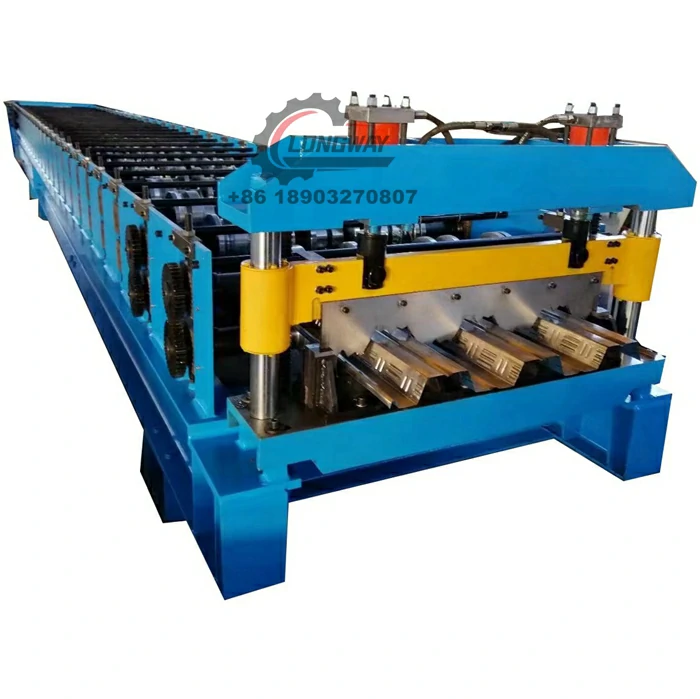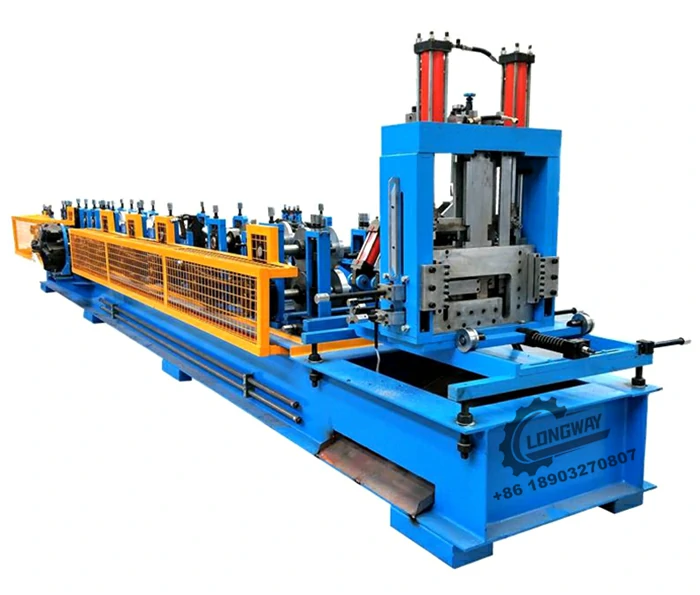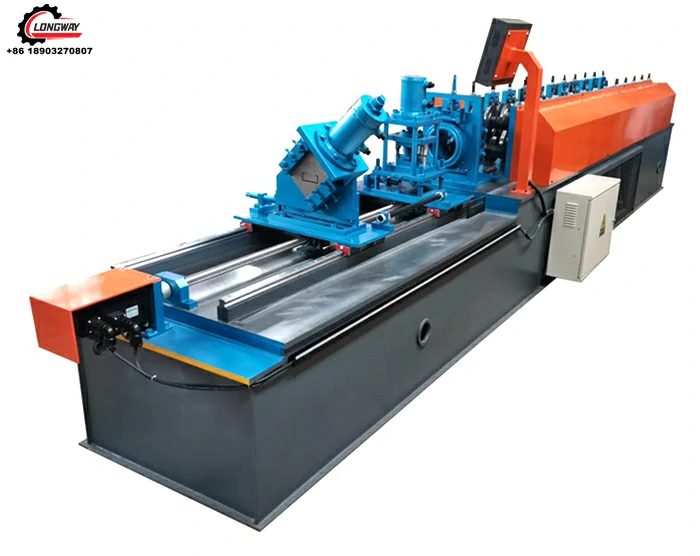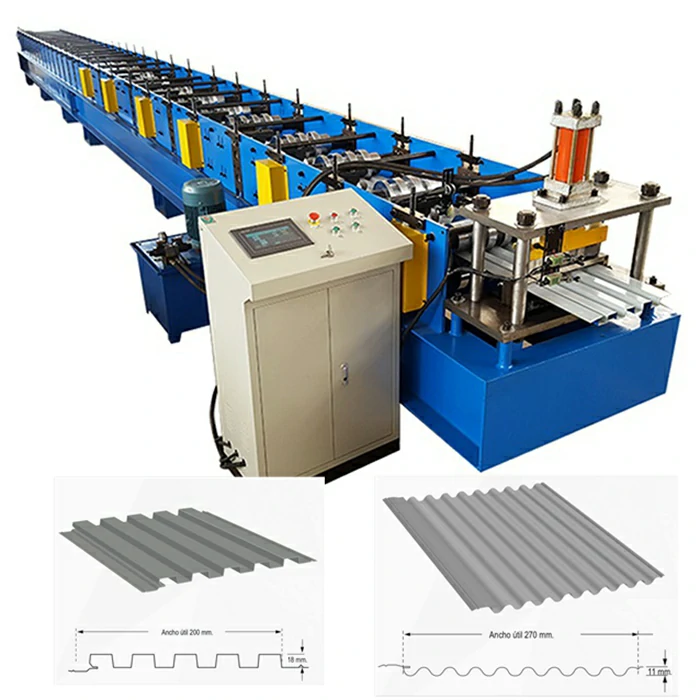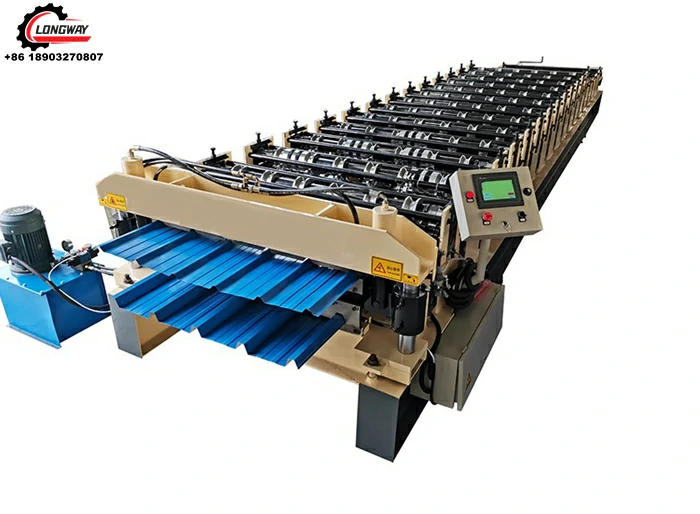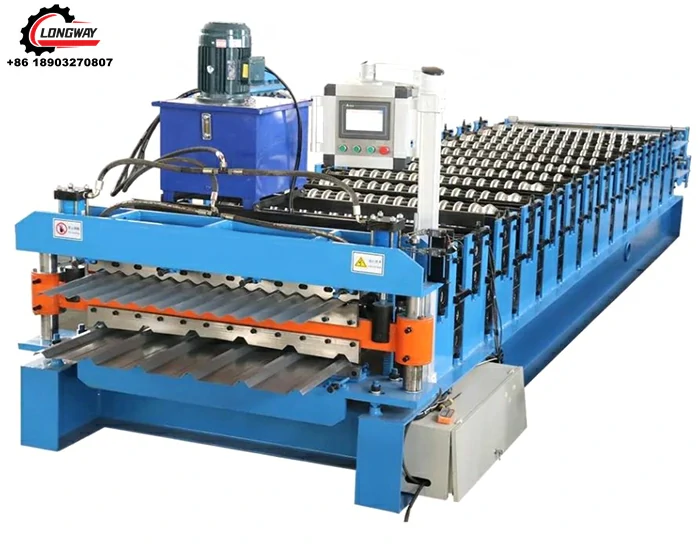Jul . 29, 2025 23:20
Back to list
Auto Stacker for Efficient Roof Sheet Handling Solutions
With the rapid development of the Auto Stacker and Roof sheet stacker market, automated stacking solutions for roofing and metal processing industries are increasingly essential for optimized production efficiency, higher safety standards, and technological innovation. This in-depth analysis explores current industry trends, technical parameters, manufacturing process flows, and application scenarios for Auto Stacker systems, integrating authoritative data, industry certifications, and real-world customer feedback.
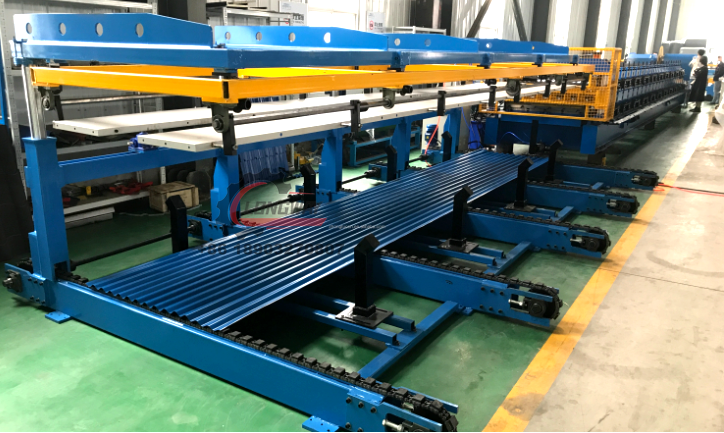
Figure 1: Fully automated Auto Stacker in operation, roof sheet stacker solution.
1. Industry Trends in Auto Stacker & Roof Sheet Stacker Markets
- Market Size Growth (2024 Data): According to MarketsandMarkets Report, the global automated stacker industry is forecasted to reach $6.4 billion by 2028 (CAGR 7.2%).
- Technology Shift: Increased adoption of IoT-enabled stackers for real-time monitoring and predictive maintenance.
- Regulatory Standards: Compliance with ISO/TC 167 (Structural steel production) and ANSI B11.19 (Industrial robot safety).
- Leading Application Sectors: Construction, petrochemical, metallurgy, logistics, and water supply industries.
- Key Trends: Emphasis on energy efficiency, anti-corrosion materials, and modular, scalable deployment.
2. Technical Parameters & Comparative Analysis
2.1 Auto Stacker Product Specification Table
| Model | Material Thickness (mm) | Max Sheet Length (mm) | Stacking Speed (s/sheet) | Drive Type | Control System | Max Load (kg) | Installed Power (kW) | Certifications |
|---|---|---|---|---|---|---|---|---|
| Auto Stacker AS-800 | 0.2 – 1.2 | 8000 | 3.2 | Servo Motor | PLC+Touch Screen | 4000 | 8.5 | ISO 9001, CE |
| Auto Stacker AS-600 | 0.25 – 1.5 | 6000 | 3.7 | Hydraulic | PLC | 3300 | 7.4 | ISO 9001 |
| Roof Sheet Stacker RS-780 | 0.3 – 1.8 | 7800 | 2.9 | Servo Motor | PLC+HMI | 4200 | 9.0 | ISO 9001, CE, ANSI |
| Roof Sheet Stacker RS-520 | 0.4 – 1.6 | 5200 | 4.1 | Hydraulic | PLC | 2600 | 6.1 | ISO 9001 |
Note: Parameters may vary by custom configuration. Please contact us for custom specification.
2.2 Technical Parameters Trend Chart
3. Complete Manufacturing Process Flow of Auto Stacker
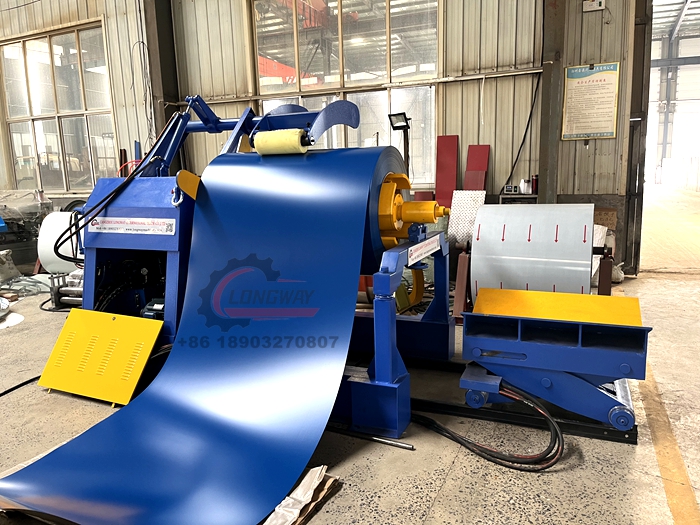
Figure 2: Roof sheet stacker workshop — robust structure and attention to detail on manufacturing floor.
Step-by-step Process Flow:
- Raw Material Selection → High-strength carbon steel, stainless steel, with specific anti-corrosive treatments meeting ISO 16163 and ASTM A36 standards.
- Cutting & Pre-processing → Sheets are precision-cut by CNC laser/plasma cutters (±0.02mm tolerance).
- Main Frame Fabrication → Heavy-duty welding and CNC machining for tolerances and flatness using coordinate measuring machines (CMM).
- Mechanical Assembly → Servo motors, guide rails, stacker arms installed. All fasteners ANSI/ISO certified.
- Electrical & Automation Integration → Advanced PLC (e.g., Siemens S7-1200) and HMI setup for real-time control.
- Testing & Inspection → Endurance, vibration, and functional stack testing to meet CE and ISO 9001:2015 compliance.
- Surface Treatment → Galvanizing, powder coating, or 3-layer epoxy for anti-corrosion (typically pass >1200h salt spray test as per ASTM B117).
- Packaging & Logistics → Custom crating, moisture-proof packaging, and dynamic shock-resistance certification.
A detailed flowchart can be found in our Auto Stacker product gallery or via this manufacturing process video.
3.1 Process Diagram
Figure 3: Auto Stacker manufacturing process schematic, highlighting each critical control node from raw material to quality inspection.
4. Technical Advantages & Industry Certifications
- High Stacking Precision: Ensures deviation of less than 1mm per sheet, critical for automated packaging.
- Minimized Material Loss: Optimized PLC program reduces misstacking errors and physical damage (cases report up to 15% less sheet waste).
- Modular Design: Can be quickly adapted for different roof profiles and production requirements (profile changeover time
- Multi-Layer Safety: Multiple sensor arrays, anti-collision, ISO EN 13849-1 (Safety of Machinery) compliant.
- Corrosion Resistance: Industrial coating processes extend stacker frame lifespan to over 15 years in aggressive environments.
- Energy Saving: Latest servo drive systems cut energy use by up to 23% compared to classic hydraulic stackers.
- Certifications: All models ISO 9001/CA, CE, ANSI B65 certified, with full traceability and documented factory acceptance testing (FAT).
5. Product Comparison: Auto Stacker vs. Roof Sheet Stacker

Figure 4: Roof sheet stacker advanced stacking line in a steel structure facility, demonstrating fast multi-profile switching.
6. Customization Options for Auto Stacker
- **Sheet Size Adaptation:** Lengths up to 12,000mm, width up to 1500mm, thickness up to 3mm.
- **Integrated Automation:** Options for robot-assisted dedusting, barcode labeling, and end-of-line packaging.
- **Special Profiles:** Seamless stacking for trapezoidal, sinusoidal, or custom sheet geometries.
- **Climate Control:** Special coatings for marine, coastal, or extreme temperature applications.
- **Data Integration:** MES/ERP system compatibility for factory-level production analytics.
- **Service Add-ons:** Onsite installation, operator training, and predictive remote support packages (IoT-based).
- **Material Optimization:** Stacker configuration for composite coated sheets, PVDF, galvalume, and polycarbonate panels.

Figure 5: Auto Stacker in a high-speed metal roofing production line – energy efficiency and compact layout reduce plant footprint.
7. Application Cases & Customer Feedback
Case 1: Petrochemical Industry, Middle East (2023)
- Challenge: Required auto stacking of 9,000mm-long, corrosion-resistant roof sheets at 3.2s/cycle.
- Solution: Auto Stacker AS-800, fully coated with 3-layer epoxy, PLC-modular integration for real-time MES reporting.
- Result: Cut labor by 60%, zero stacking errors in 2,000+ shift hours. Customer audit report: "The best ROI for automated roof sheet handling with full digital traceability."
Case 2: Steel Structure Construction, Eastern Europe (2022)
- Challenge: Stacking of multi-profile steel sheets in a high-dust, high-humidity environment.
- Solution: Roof Sheet Stacker RS-780, custom galvanized finish, automated brush dedusting and barcode printing.
- Result: Maintenance intervals reduced by 50%, defect rates below 0.1%/year.
Case 3: Water Supply & Drainage Industry (Asia-Pacific, 2024)
- Challenge: Implementing Auto Stacker for anti-corrosion treated water channel covers.
- Achievement: Achieved industry-leading stacking speed (2.9s/sheet), eliminated manual errors and reduced overall energy use by 18%.
7.1 Client Testimonials
- “The Auto Stacker system has revolutionized our operations — precise, reliable, and support is world-class.” – Head of Production, Major Roofing Manufacturer
- “Extremely impressed with the PLC integration, reduced our maintenance downtime by half.” – Maintenance Supervisor, Sheet Metal Fabricator
8. Visualized Data: Product Indicators & Market Share
Insights: Construction sector remains the top application for Auto Stacker and Roof sheet stacker systems, accounting for over one-third of all deployments. Growing shares in water and petrochemical industries reflect trends for corrosion-resistant, longevity-oriented stacking solutions.
9. Industry Authority & Service Commitment
- Our company is certified to ISO 9001:2015, CE, and ANSI standards for automated sheet metal equipment manufacturing.
- Top-tier partnership with global leaders such as Baosteel, Tata Steel, and POSCO.
- 20+ years experience in roll forming and automated stacking solutions globally.
- All Auto Stacker models pass full Factory Acceptance Testing (FAT) and Site Acceptance Testing (SAT) by independent third-party agencies.
- References and case studies available upon request.
10. FAQ: Expert FAQ on Auto Stacker Technologies
- Q1: What materials can the Auto Stacker handle?
- A: Typical handled materials include high-tensile steel (Q235, Q345), stainless steel (304/316L), galvalume, PVDF-coated panels, and polycarbonate sheets.
- Q2: What is the standard stacking accuracy?
- A: Stacking deviation is less than 1mm under full load, compliant with ISO 2768-mK and verified through digital caliper QC after every production batch.
- Q3: How is corrosion resistance ensured?
- A: All key frame parts use hot-dip galvanizing, powder coating or C5M marine-grade epoxy. Typical ASTM B117 salt spray resistance: >1200 hours.
- Q4: What installation and safety standards are followed?
- A: Installation follows CE, IEC 60204 (Electrical Safety), ANSI B65, and local codes. All stackers shipped with detailed manuals and risk assessments.
- Q5: What is the typical delivery and warranty period?
- A: Standard delivery in 45-60 days ex-works after order confirmation; warranty is 18-24 months (parts & labor), with lifetime online technical support.
- Q6: Is PLC customization available for integration?
- A: Yes, we support Siemens, Mitsubishi, Omron, and Schneider PLCs. Optional MES, SCADA, or ERP data connectivity on request.
- Q7: Can the Roof sheet stacker be modified for non-roofing applications?
- A: Absolutely. Many custom installations operate in the automotive, sandwich panel, and HVAC ductwork industries utilizing similar stacker platforms with bespoke tooling.
11. Warranty, Delivery & Customer Service
- Warranty Coverage: 18–24 months on all major components, including frame, electrical, and sensors.
- Onsite Service: Global onsite installation, commissioning, and operator training available.
- Remote Diagnostics: Lifetime remote support via IoT dashboard and mobile app for critical troubleshooting.
- Spare Parts: Guaranteed supply for at least 10 years; fast-track replacements within 5 business days dispatch.
- Maintenance Packages: Preventive, predictive, and CI package options – recommended annual/quarterly checks.
- Customer Support: 24/7 phone/email/chat support, response within 2 hours for critical cases.
12. Conclusion: Why Choose Auto Stacker for Your Facility?
- Proven track record in demanding industries: energy savings, safety, and precision
- Best-in-class supplier support and global references
- Full regulatory compliance (ISO/CE/ANSI/ASTM) and industry certifications
- Strong focus on customization and digital factory integration for future-ready manufacturing
Latest news
-
Corrugated iron roofing sheet making machine with CE, AutoNewsNov.17, 2025
-
3mm Steel C U Channel Roll Forming Machine, Heavy DutyNewsNov.17, 2025
-
Calamima Micro Ondulada corrugated roof sheet machine - CNCNewsNov.17, 2025
-
Metal Roofing Roll Former for Sale Companies - Fast, PreciseNewsNov.17, 2025
-
Drywall Steel L Angle Bar forming machine | Fast, PreciseNewsNov.17, 2025
-
Corrugated Iron Roofing Sheet Making Machine, Fast & DurableNewsNov.11, 2025
-
Corrugated Metal Roofing Machine | High-Speed, Precise, CENewsNov.11, 2025
Related Products
